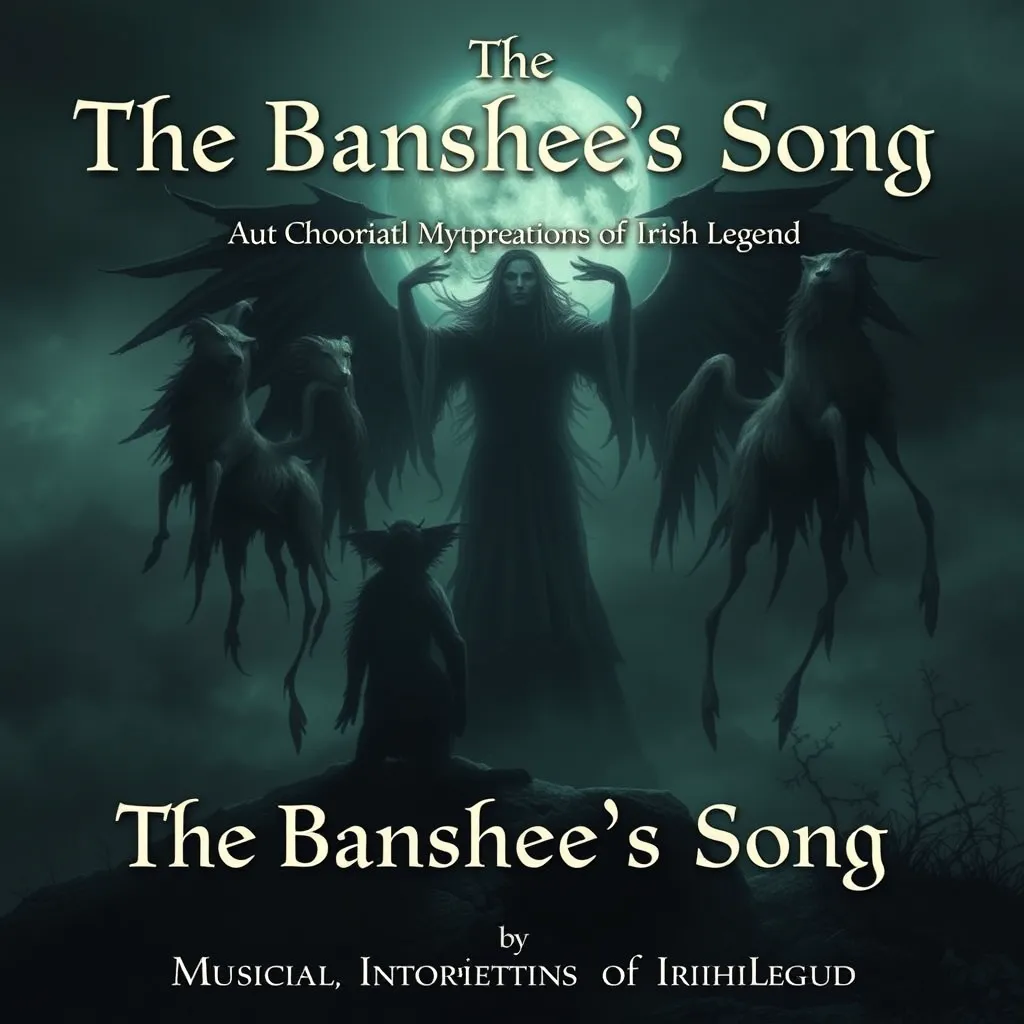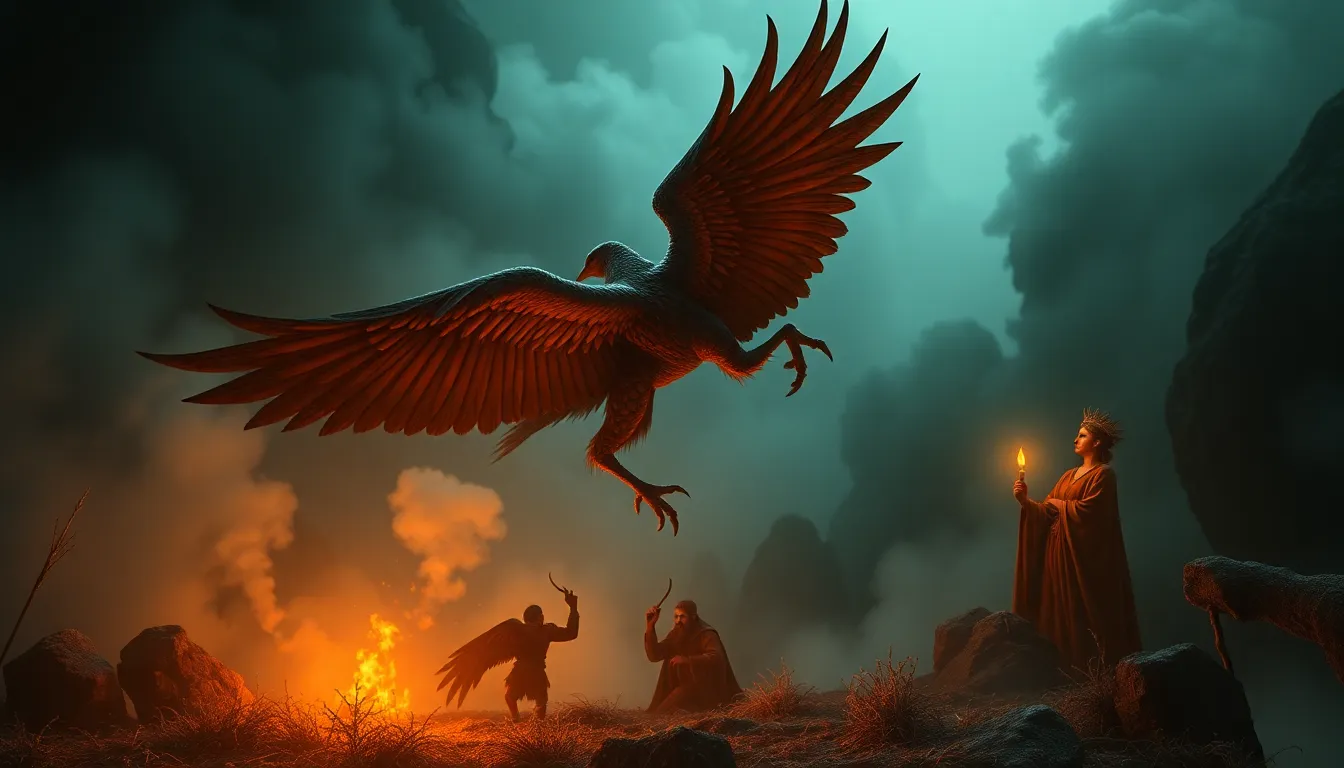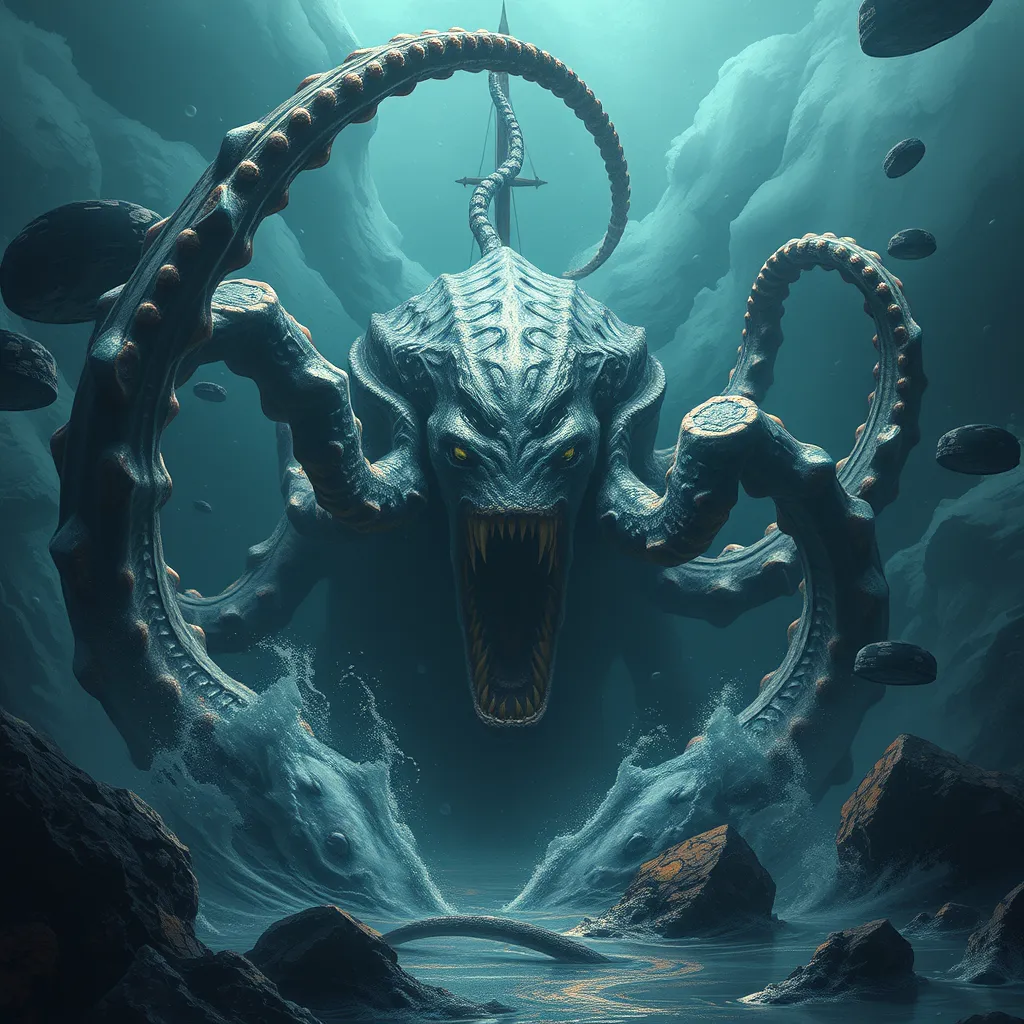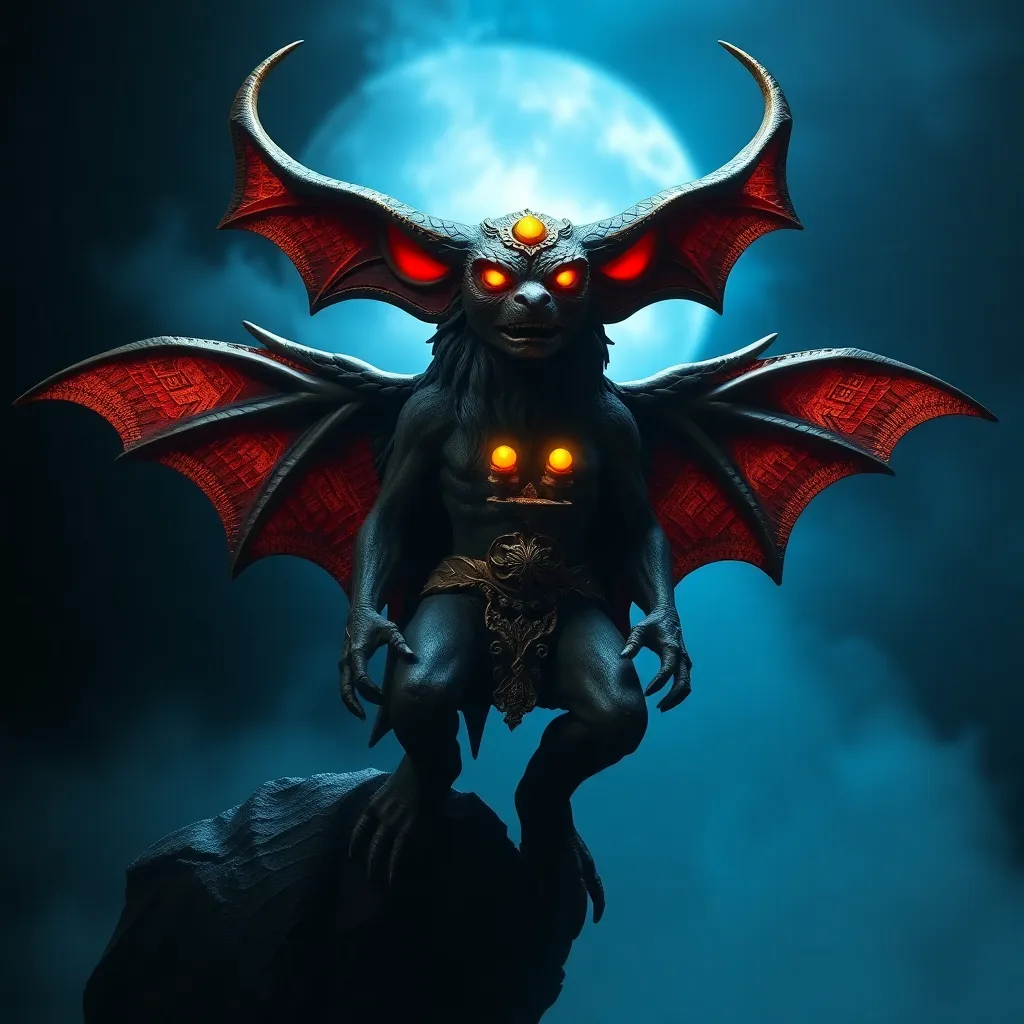The Banshee’s Song: Musical Interpretations of Irish Legend
I. Introduction
The Banshee, a haunting figure in Irish folklore, has long captivated the imagination of those who hear her mournful wail. Described as a fairy woman who heralds death, the Banshee serves as a poignant reminder of mortality and the connection to ancestral roots. As stories of the Banshee have permeated Irish culture, musical interpretations have played a crucial role in conveying the depth of this legend.
Music has a unique capacity to evoke emotions and encapsulate the essence of stories, making it an effective medium for preserving and sharing folklore. This article explores the Banshee’s legacy through various musical lenses, examining how her tale has been interpreted across different genres and styles. The purpose of this article is to delve into the origins, traditional interpretations, and contemporary representations of the Banshee in music, highlighting her significance in Irish culture.
II. The Origins of the Banshee Legend
The Banshee’s origins can be traced back to ancient Irish mythology, where she is often depicted as a spirit associated with the Tuatha Dé Danann, the legendary race of gods and heroes in Irish lore. Historically, the Banshee was believed to be a guardian of particular families, particularly noble lineages, and her wail served as a warning of impending death.
Across different regions of Ireland, the Banshee’s characteristics and stories vary, including:
- In some areas, she is described as a beautiful woman, while in others, she appears as an old crone.
- Regional names for the Banshee include ‘Bean Sí’ in Irish, translating to ‘woman of the fairy mound.’
- Variations in wails and cries based on local dialects and traditions.
The symbolism of the Banshee’s wail is profound, representing not only death but also the connection between the living and the dead. Her song serves as a reminder to honor one’s ancestors and the cycle of life.
III. Traditional Irish Music and the Banshee
Traditional Irish music has long been a vessel for storytelling, preserving legends like that of the Banshee for generations. Through ballads and folk songs, musicians convey the emotional weight of her story, often evoking a sense of nostalgia and reverence.
Notable traditional songs that feature the Banshee theme include:
- “The Banshee” – an instrumental piece capturing the essence of her eerie wail.
- “The Wailing Banshee” – a ballad that narrates encounters with the spirit.
- “The Last of the Banshees” – a song reflecting on the fading legends of Irish folklore.
Instruments commonly used in Banshee-related music include:
- The Uilleann pipes, known for their haunting sound.
- The fiddle, which adds a rich, melodic layer.
- The bodhrán, a traditional Irish drum that provides rhythmic support.
IV. Contemporary Interpretations of the Banshee in Music
In recent years, modern artists have begun to explore the Banshee theme, blending traditional elements with contemporary musical styles. These interpretations often reflect a deeper understanding of the Banshee’s narrative while appealing to a broader audience.
Artists such as Lisa Hannigan and Hozier have incorporated themes of the Banshee in their work, using lyrical content that resonates with both the old and the new. The analysis of their music reveals:
- Use of haunting melodies paired with evocative lyrics that tell stories of loss and longing.
- Musical styles that range from folk to indie rock, showcasing the versatility of the Banshee’s narrative.
- Fusion of traditional Irish instruments with modern production techniques, creating a unique soundscape.
V. The Banshee in Classical Music
The Banshee has also made her mark in classical music, inspiring several compositions that capture her ethereal and haunting essence. Composers have drawn upon the Banshee’s legend to create orchestral works that evoke emotional depth and narrative complexity.
Noteworthy composers include:
- William Vincent Wallace, who composed “The Banshee,” a piece that highlights her tragic beauty.
- John Field, known for his nocturnes that often reflect themes of melancholy akin to the Banshee’s wail.
The emotional impact of these compositions is profound, as they allow listeners to experience the narrative of the Banshee through orchestral textures and harmonies, bridging the gap between folklore and high art.
VI. The Banshee’s Influence on Other Genres
Beyond traditional and classical music, the Banshee has inspired various genres, including rock, pop, and electronic music. Artists across these genres have drawn upon her legend to create songs that resonate with contemporary audiences.
Explorations of the Banshee in these genres include:
- Rock bands incorporating the Banshee theme into lyrics that explore themes of death and the supernatural.
- Pop artists using the Banshee’s imagery to convey emotional struggles and resilience.
- Electronic music producers sampling traditional Banshee wails to create atmospheric soundscapes.
Cross-genre collaborations have also emerged, showcasing the adaptability of the Banshee’s narrative and her continued relevance in contemporary storytelling.
VII. The Cultural Impact of the Banshee’s Song
The Banshee has become a cultural icon in Irish identity, representing the rich tapestry of Irish folklore and its enduring legacy. Musical interpretations of her story have played a vital role in preserving these legends, ensuring that they remain alive in the collective memory.
The impact of Banshee-themed music extends beyond Ireland, influencing global perceptions of Irish culture. Reception and interpretation of these songs vary widely, often reflecting local cultural contexts while maintaining the core elements of the Banshee’s narrative.
VIII. Conclusion
In summary, the Banshee’s song serves as a powerful conduit for expressing the complexities of life, death, and the human experience. From her origins in Irish mythology to contemporary musical interpretations, the Banshee remains a significant figure in Irish culture.
As we reflect on her enduring legacy, it is a call to explore and appreciate the richness of Irish musical traditions that have preserved her story for generations. The tale of the Banshee is not just a story of death, but a celebration of life and the connections we share with our ancestors.



